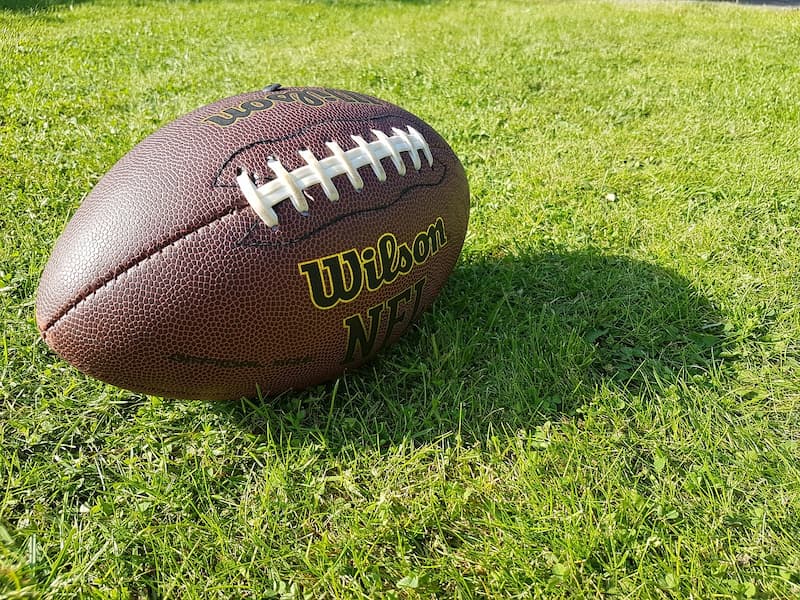
- High Country Conservation
- October 7, 2024
- Ask Eartha
Dear Eartha, with football season kicking off this month, I am wondering what sustainable practices are taking place in the world of professional sports?
The sports industry is no question a pillar of our nation’s entertainment and economy. Between four major sports (football, basketball, baseball and hockey), over $40 billion dollars are generated annually. The large influence of professional sports is not only reflected in its economic impact but also its environmental impact. With the pressures of climate change continuing to rise, sports venues and teams are starting to ramp up their sustainability efforts. As fans of these teams, we also have a role to play to make sure we can continue to enjoy these rich traditions for decades to come.
Game Day’s Environmental Toll
The environmental impacts of professional sports in the US are both significant and wide-ranging. First, the venues that house our favorite teams use vast amounts of energy for the lighting, heating, cooling, and maintenance of their facilities. Furthermore, high levels of greenhouse gas emissions are generated through the transportation, both by air and ground, of players, staff, and fans. For example, the travel for NFL teams and their staff for an average NFL game generate about 20.8 metric tons of carbon dioxide (which is about the equivalent of driving a traditional gas vehicle for 5.2 million miles).
Gamedays are also some of the largest generators of waste during a single day. Examples of waste generated at these sporting events are single-use service ware, food waste, and promotional items. EPA reports show that an average college football game produces around 50-100 tons of waste, the equivalent to the weight of 5 to 10 school buses. Water usage is also a factor worth discussing, as large amounts are required to maintain the surfaces of sports grounds for football, baseball and soccer. For San Francisco’s Levi Stadium turf field, nearly 4.4 million gallons of water are required to water the turf over the summer.
Greening the Game
Sports fans love celebrating, so here’s the good news: Sustainability practices are increasing across major league sports in the United States. Many venues are pushing the use of more renewable resources, such as solar and wind power. For example, the NBA’s Sacramento Kings’, Golden 1 Arena is the US first LEED platinum certified sports venue in the United States, with 100% of the stadium’s power sourced from solar energy (LEED stands for Leadership in Energy and Environmental Design and is a commonly used green rating system for buildings). Water conservation an other area of focus, with venues like Atlanta’s Mercedes-Benz Stadium using rainwater collection systems and low flow plumbing fixtures to help reduce water usage. What about recycling? Several stadiums, including Atlanta’s State Farm Arena, have achieved zero waste status, diverting over 90% of the waste generated from game days, resulting in over 3 million pounds diverted from landfills in 2023.
Eco-Friendly Sports Culture
Fans can also play an important role in minimizing the environmental impact of professional sports. Tens of thousands of fans attend an game day, for example in 2023 the average attendance for an NFL game was just over 69,000 people per game. Even the smallest behavioral changes by each fan can make a significant contribution when added together. Some examples of these changes are car-pooling or opting to use public transportation to go to and from the venues. If commuting from Summit County, you could use affordable ride options like Bustang or Pegasus. Dropping you off at union station, where both Coors field and Ball Arena are less than a 15-minute walk away and Empower Field, home of the Denver Broncos, is about a 30-minute walk. You can help reduce waste by refusing promotional items or opting to buy vintage sports merchandise for your favorite teams. Finally, use the power of your voice. Advocate to teams and sponsors to encourage further adaptation of greener practices.
More and more venues are reaching zero waste goals, embracing renewable energy, and adopting water conservation practices. And we use can these efforts as inspiration for our own homes and businesses. Locally, the High-Country Conservation Center has resources to help install solar panels, improve energy efficiency, recycle and compost more, and reduce water consumption. Visit Highcountryconservation.org to get started. Together, let’s be champions for our favorite and most important team of them all, team Earth!
Ask Eartha Steward is written by the staff at the High Country Conservation Center, a nonprofit dedicated to waste reduction and resource conservation. Submit questions to Eartha at info@highcountryconservation.org.
